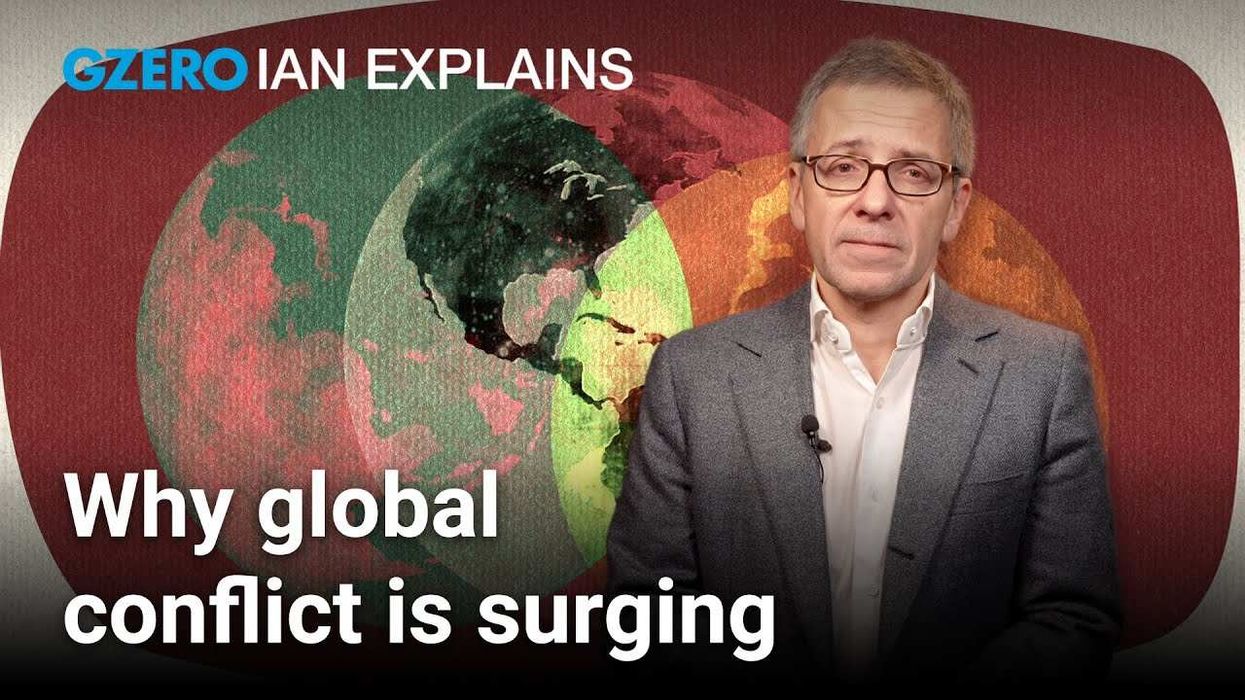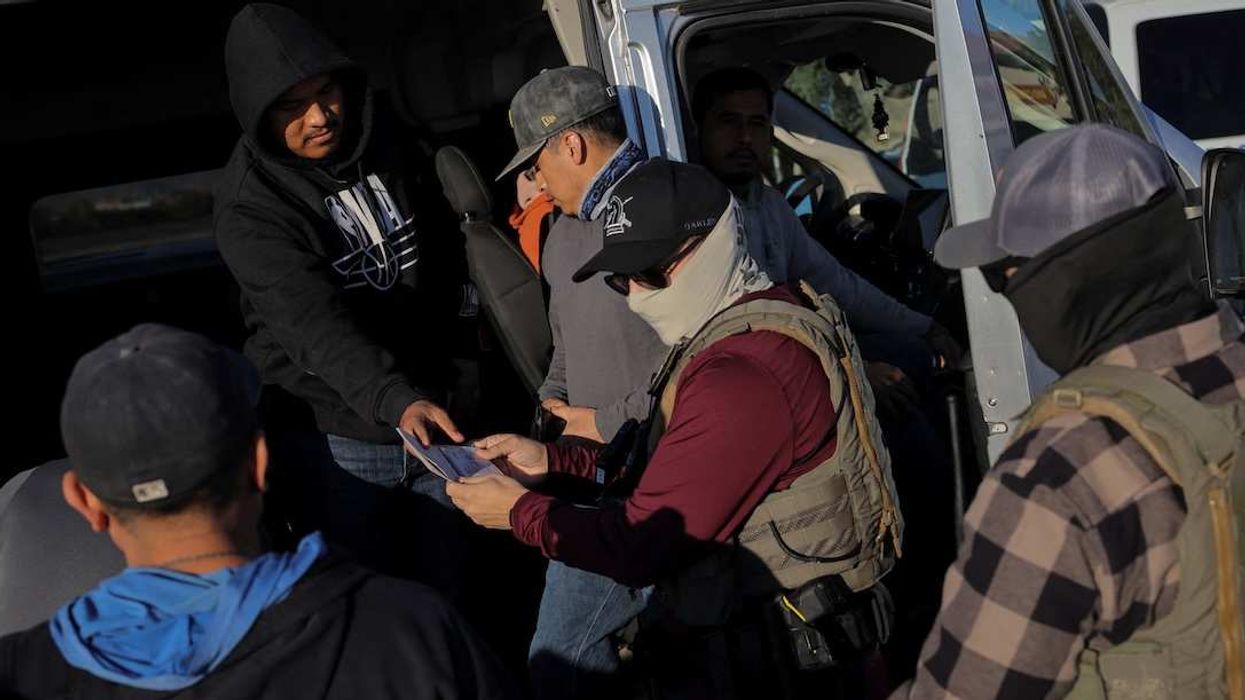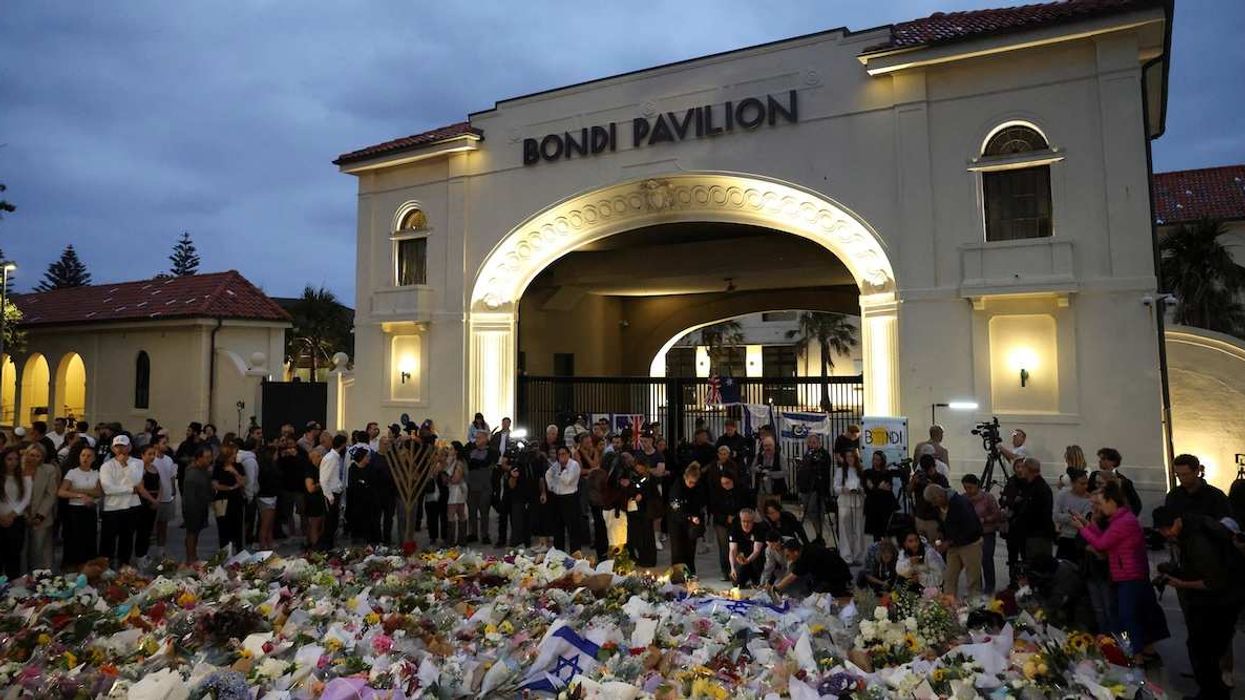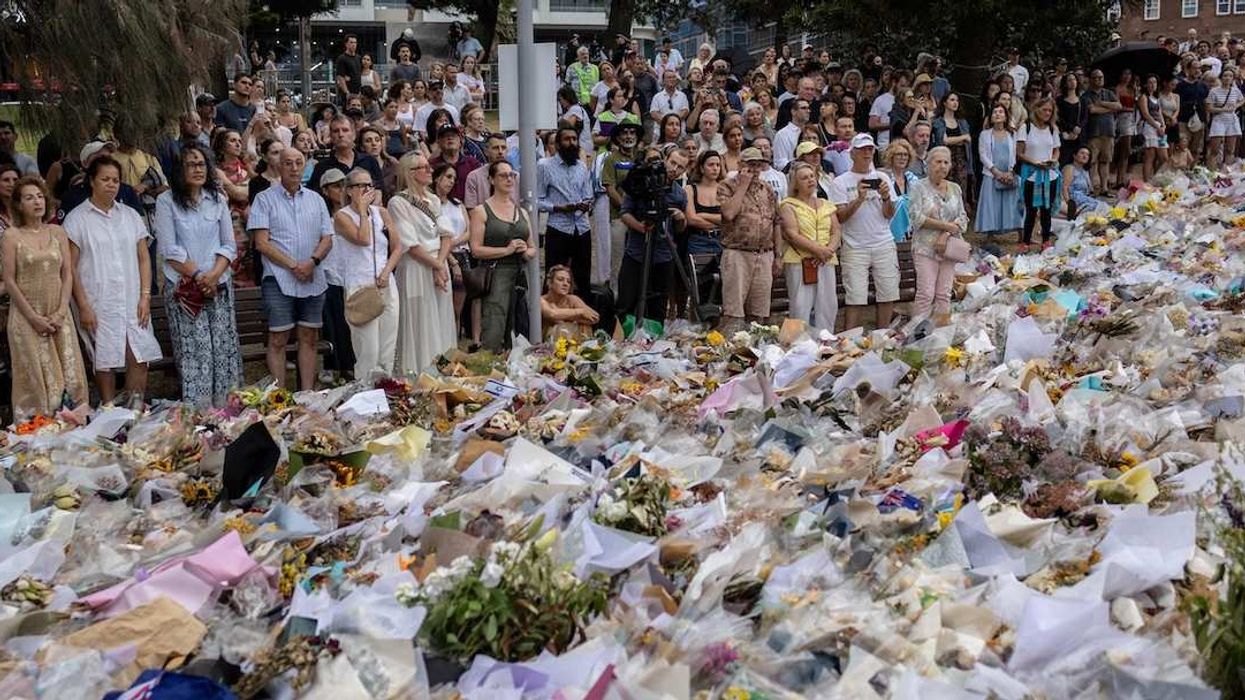Three Months Ago—Colombian rebels started rearming
In June we noted that just two years into the historic peace deal between the Colombian government and the rebels of the FARC, several thousand dissident fighters had opted to take up, or keep, their weapons.
That problem has gotten worse since then.
In late August, a former FARC leader formally called for a return to armed struggle. The current leadership of the FARC, which is now a political party, remains committed to the deal, despite misgivings from Colombian president Ivan Duque that it goes too soft on former rebels accused of grave crimes.
It remains to be seen how many fighters will heed the new call to arms, but the government's slow implementation of the economic and social justice aspects of the deal – in particular measures to speed land reform and provide alternatives to coca cultivation – have left the future of peace in doubt. Ending a war that killed 200,000 and displaced 7 million was one thing: securing the peace is proving to be quite another.
Six Months Ago—ISIS Plots a Resurgence
Six months ago, when American-backed forces pushed ISIS from its last sliver of territory in Syria, we considered how the group might continue to exert influence. Trump hailed a total defeat of the Islamic State, a claim he continues to push. But that doesn't fully match up with what even his own military says. So where do things currently stand?
Territory: The group has mostly been pushed to rural and remote areas. It's taking advantage of the porous frontier between Iraq and Syria, where security services are scarce and fragmented, to mobilize small groups and wage attacks. But the prospect of ISIS reclaiming anything close to its former territory – once the size of Britain– is negligible: ISIS' manpower has been severely reduced as a result of military defeats earlier this year. And American and international forces have kept the remaining fighters away from urban areas.
Recruitment: The Al Hol camp for displaced persons in northeast Syria, which hosts 70,000 people including ISIS family members, has become a breeding ground for terror recruits. Lax security at the tent-camp has allowed ISIS ideology to spread like wildfire, a boon for new enlistments, according to the US military. ISIS affiliates have also taken root in other countries spanning Africa and Asia, presenting a potent threat. Meanwhile, non-Middle East countries have mostly opposed ISIS fighters returning home, but the risk of ISIS inspired terror attacks remains. Many have flowed into other countries in the Middle East, joining sleeper cells.
Takeaway: Despite the collapse of its self-proclaimed caliphate, ISIS' strength and adaptability cannot be overlooked. And don't forget: the Islamic State still has millions of dollars stashed in the region. ISIS lost its territory, but it still has a real and deadly reach.
Nine months ago — Hopes For Yemen Ceasefire Dwindle
Back in December, we wrote about the UN-backed ceasefire in Yemen's port city of Hodeidah, which prompted hopes for broader peace talks between the Iranian-backed Houthis and the Saudi-led coalition, and an end to the war. Both sides agreed to halt fighting in that city so that food aid, the lifeline for 80 percent of Yemenis, could flow in. Deadlines came and went and much of the deal failed to take hold.
Why did the ceasefire fall apart? The ceasefire was supposed to roll out in stages, allowing for al UN takeover. While initially the withdrawal seemed to be on target, both sides reported renewed clashes and continued to wage attacks. While some humanitarian aid managed to get through, there's been a huge drop in the arrival of supplies through the port, with shipping companies citing violence in the city as a major deterrent, according to the UN.
What's happened since? Houthi rebels escalated attacks on Saudi cities – refusing to heed a key demand from Riyadh – raising fears of a spillover deep into the Gulf region. Meanwhile, a widening schism between Saudi-backed government forces and UAE-backed secessionist groups in Southern Yemen – allied against the Houthis but otherwise driven by competing priorities – opened a new front in Yemen's war that threatens to further fragment the fragile state.
What now? According to a recent report from the Wall Street Journal, the Trump administration plans to hold direct talks with the Houthi leaders in Oman in an effort to broker a ceasefire. While the US hopes to get the Saudis to participate, it's unclear if they've agreed. Details remain mostly hush hush. Meanwhile, a humanitarian conflict that's already the worst in the world continues to deteriorate.


















